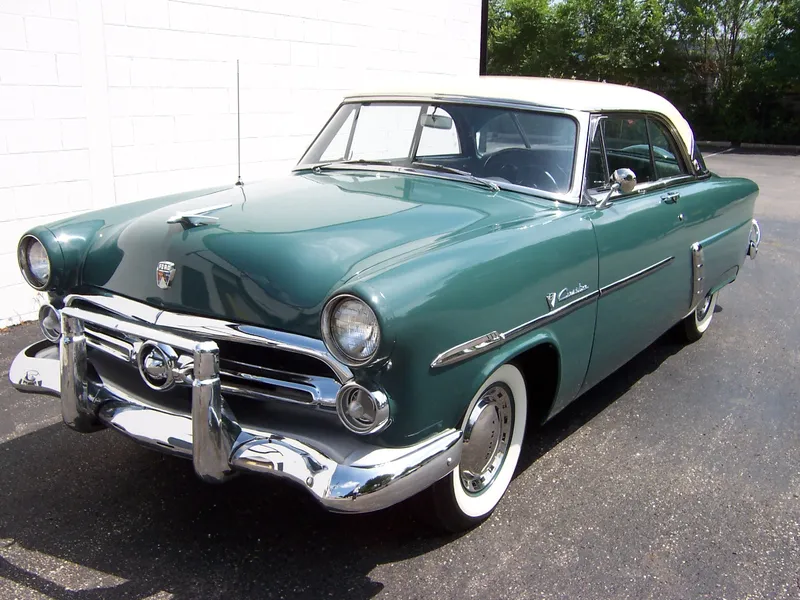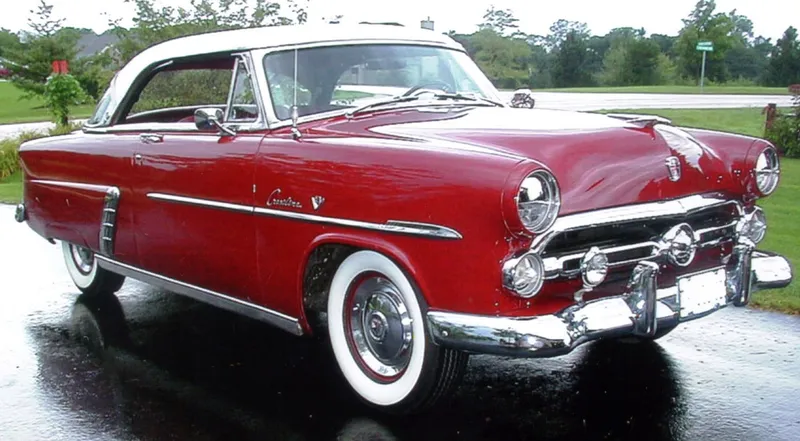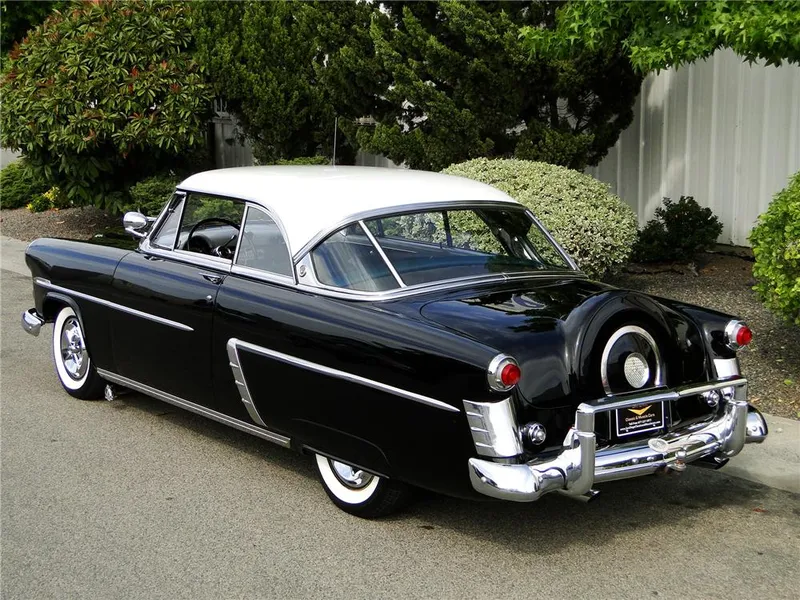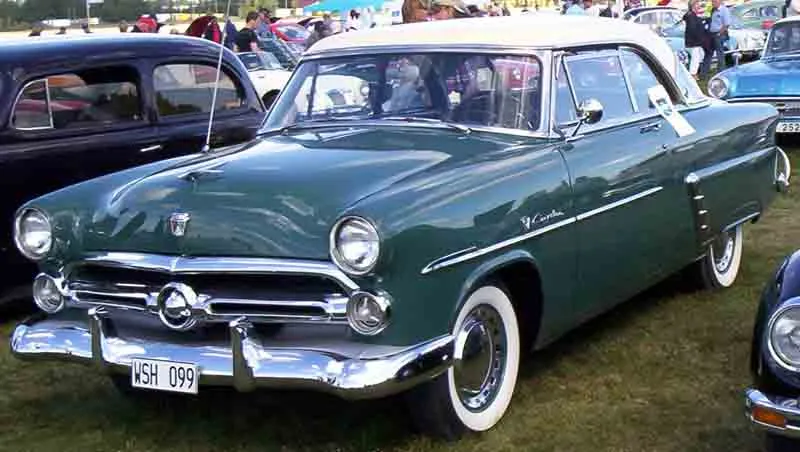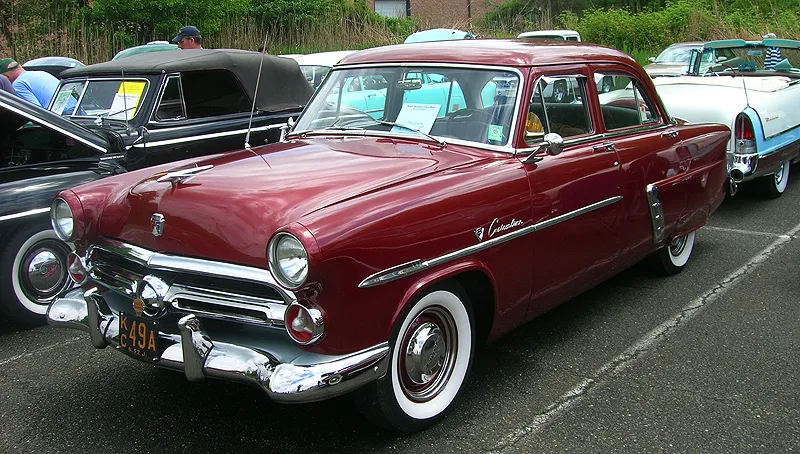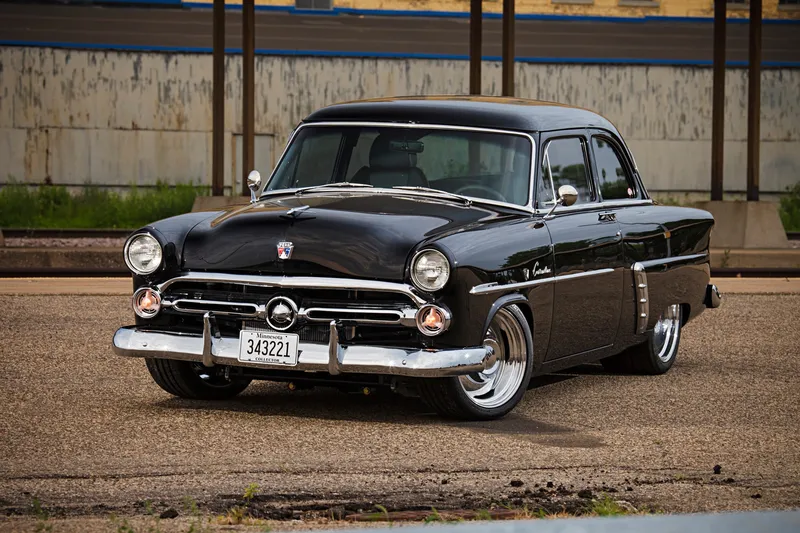
In 1952, Ford Motor Company was producing a range of vehicles that showcased both innovation and continuation of established models. Here are some key points about Ford’s lineup in that year:
Continued Popular Models: The Ford lineup in 1952 included the Mainline, Customline, and Crestline models. These cars were part of Ford’s strategy to offer vehicles catering to different market segments, from more basic transportation to upscale models with additional features and styling.
Ford Trucks: Ford’s truck lineup continued to be robust and popular. The F-Series trucks were gaining traction and evolving, maintaining their position as dependable workhorses for various industries and personal use.
Technology and Design: In terms of design, many Ford vehicles of that era still carried the classic ’50s styling cues, including prominent grilles, bold lines, and distinctive rear fenders. Technologically, there were gradual advancements in engine performance and comfort features.
Ford-O-Matic Transmission: One notable introduction was the Ford-O-Matic automatic transmission, which began appearing in Ford vehicles during the early ’50s. This transmission option brought convenience to drivers, offering a smoother driving experience compared to manual gear shifting.
Continued Innovation: Ford was known for innovation, and during this period, they were exploring advancements in engine efficiency, safety features, and comfort options to keep up with changing consumer demands.
Cultural Significance: The vehicles from this era are often seen as icons of American automotive history, representing the post-war economic boom, suburban expansion, and the rise of the automobile as a symbol of personal freedom and mobility.
Overall, Ford’s lineup in 1952 showcased a mix of established models and gradual technological advancements, reflecting the automotive industry’s transition towards more modern designs and features.
